Procurement plays a key role in the development of the circular economy in the product engineering service sector. Also procurers can stimulate the market to arrive at a circular supply by specifically asking for circular solutions. Circular procurement seeks ways and steps to close the cycles in product categories. It’s Important during the process is cooperation with and learning from market parties when possible.
At this stage, the learning process is very important in order to align the goal of circular economy. The circular economy is still in the developing stage for the engineering services Industries/companies.
Collaboration therefore helps practitioners to find out why it works, where it works and how to get the best outcome. We do not know exactly where this will lead us but we still can take the first steps towards more resource efficiency through circular procurement.Product engineering services can be defined as an engineering consulting activity, which uses various hardware, embedded, software, mechanical, design engineering and IT services for the research and development of products.
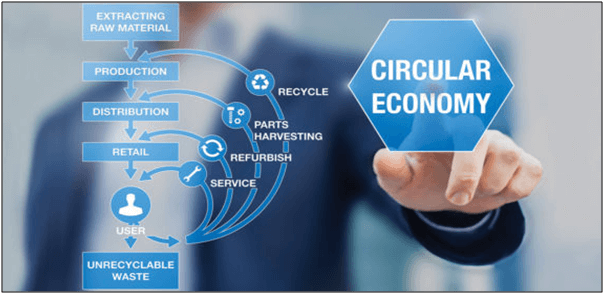
Table of Contents
Conceiving the Idea
The flashing point of initiating the product development life cycle is the detection of idea, which is worthy of further consideration for developing new product or modifying the existing product.Conceiving the ideas during product development which is the initial stage, also it involves documenting the all facts discussed from cross functional team regarding specifications and requirements. Then the idea is further examined to know whether it is worth pursuing or not, though a concept may seem exciting at first glance, it may not always be worth pursuing further.

Design for Manufacturability
Once, the concept is finalized then the next phase is to bring the concept to life by creating engineering design. Design for manufacturing (DFM) describes the tactic of designing (or) engineering a product to enable the manufacturing process to reduce its manufacturing costs. DFM will help to precisely define various tolerances of the merchandise and customary manufacturing checks. If any improvements and changes are also made during this phase before the design is finalized.
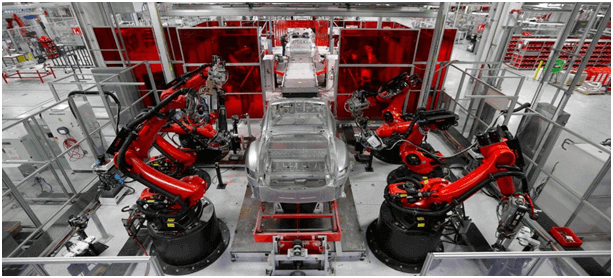
Product Development
Product development refers to the creation of a replacement product that has some value (or) up-gradation of the prevailing product (or) enhancement of the assembly process, method, or system. In other words, it’s all about bringing a change within the present goods (or) services (or) the mode of production.
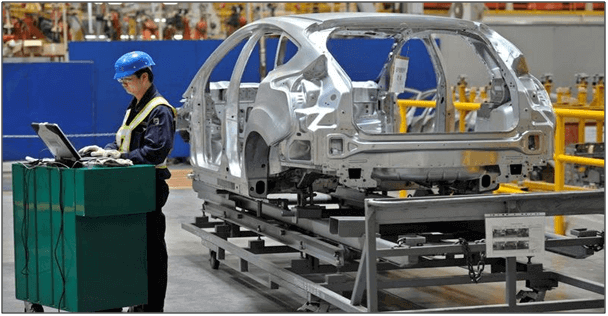
Testing and Product Accuracy Check
Geometric Optical Measurement systems are used during the whole new development process. This technology is being used in a new development for measuring data to provide information from crash and fatigue tests, and climate chambers about material characteristics and part behaviour.
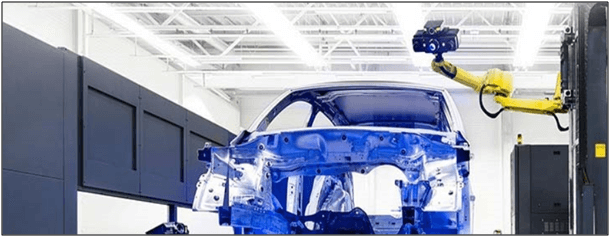
Analysis and Rollout
Testing the merchandise or service will yield valuable data from customers, like which features they like or don’t like what proportion they’ll buy it, and any potential problems. By analyzing the info, you’ll make modifications to the ultimate offering before rollout.Promote your product or service through marketing and advertising to assist make your launch a hit. Fortunately, lately, you’ve got endless options both digital and traditional for connecting with potential customers.
Benefits of Procurement Technology
Previously the introduction of e-procurement (or) electronic transmission of information to support the procurement functions and therefore the company’s procurement system was typically handled with paper. Despite the fact it worked because it had to that was packed with inefficiencies and was a tedious process for procurement professionals.
When the online came along and e-commerce began to boost, procurement function moved to email & websites. These systems allow you to position orders from any device or computer where a web connection is out there.Many industries across the world are implementing procurement technology to help with process automation and improve their profit margins. However, beyond this, the technology also assists with productivity, increased transaction visibility, accountability, and price efficiency throughout the whole supply chain.
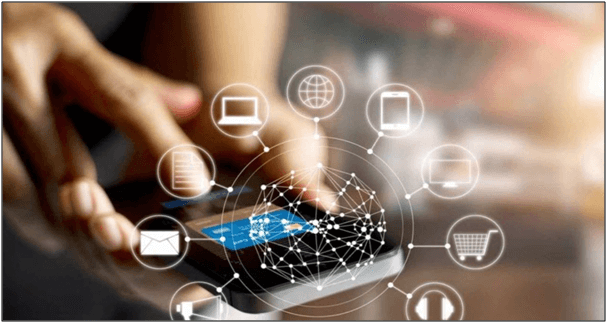
Principles of Procurement Transparency
The clearness publicly procurement is extremely important. Information on the general public procurement process must be made available to all or any public procurement stakeholders, like contractors, suppliers, service providers, and therefore the public at large unless there are valid and legal reasons for keeping certain information private. Samples of tip are proprietary information belonging to companies (or) individuals participating within the solicitation process, and certain military and defense-related procurement.
When a public procurement requirement is announced, electronically, through the press releases, the web, and other venues, the announcement must include sufficient details for interested contractors, suppliers, and repair providers to figure out if they’re qualified to compete. The solicitation documents, particularly, must be available at a cheap price, if not free of charge. When a public procurement requirement is announced, electronically, through the handout, the web, and other venues, the announcement must include sufficient details for interested contractors, suppliers and repair providers to work out if they’re qualified to compete.
The solicitation documents, particularly, must be available at an inexpensive price, if not freed from charge.Moreover, if there is a change to the agreed documents, all stakeholders should be notified using the same publications that were used for the initial notification, so interested contractors, suppliers.

Principles of Procurement Integrity
Bidders should have a transparent understanding of the need, and skills they’re going to be evaluated. Evaluation and selection criteria must be clearly stated within the solicitation documents. These criteria should remain unchanged unless there’s got to modify them. If modification is required then the solicitation documents should be amended, and published to all (or) any prospective bidders. Any changes within the offer submission date should allow bidders sufficient time to regulate their offers accordingly to satisfy the new submission deadline.
Economy and Openness
Same efficiently, value for money and commercially reasonable price, the principle of economy emphasizes the requirement to manage public funds with care, and due diligence, so as that prices purchased goods, services, and works are acceptable and represent good value for the final public funds expended on them.
The full content is only visible to SIPMM members
Already a member? Please Login to continue reading.
References
eInfochips (an Arrow company). (2020). “Different Phases of Product engineering”. Retrieved from https://www.einfochips.com/blog/a-step-by-step-guide-to-understanding-product-engineering-services, accessed 30/06/2020.
Hitachi Vantara. (2020). “Manufacturing Solutions”. Retrieved from https://www.hitachivantara.com/en-us/solutions/industry-solutions/manufacturing.html, accessed 30/06/2020.
Li Gui Li, ADPSM. (2020). “Five Digital Technologies for Procurement Optimization”. Retrieved from SIPMM: https://publication.sipmm.edu.sg/five-digital-technologies-procurement-optimization/#Internet_of_Thing_(IoT)_Technology, accessed 30/06/2020.
Nestor Gilbert. (2020). “Procurement Technology & Tools”. Retrieved from https://procurement.financesonline.com/sg, accessed 30/06/2020.
Philip Charles, ADPSM. (2019). “Crucial Digital Technologies for Effective Procurement”. Retrieved from SIPMM: https://publication.sipmm.edu.sg/crucial-digital-technologies-effective-procurement, accessed 30/06/2020.
Ruboss Technology Corp. (2020). “Basic Principles of Procurement”. Retrieved from https://leanpub.com/procurement-principles-categories-and-methods/read#leanpub-auto-chapter-2-basic-principles-of-public-procurement, accessed 30/Jun/2020.

